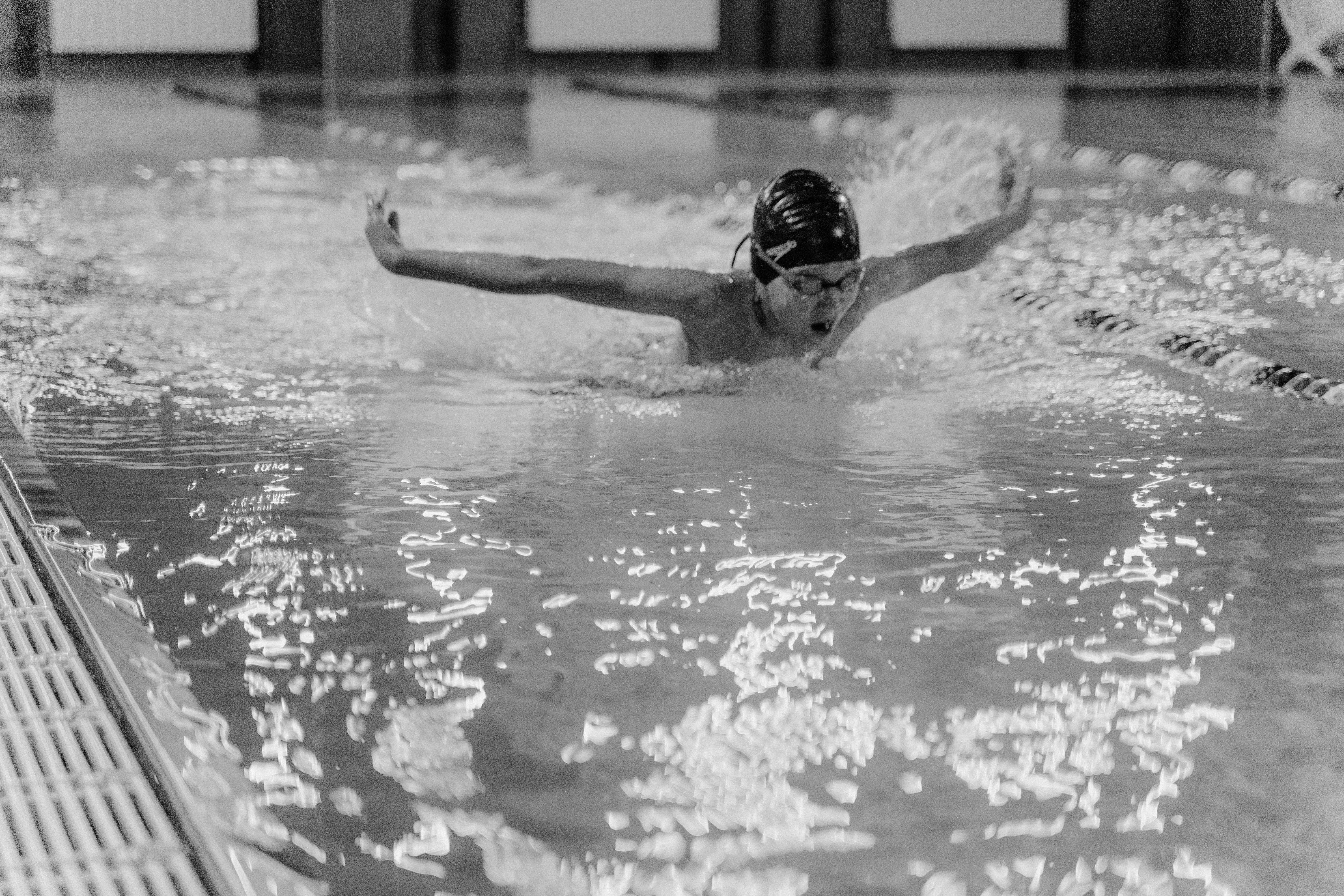
Battle of the fighting ropes
Fighting ropes have made a comeback in conventional strength and conditioning training thanks to gentlemen like John Brookfield and Anthony Dilugio. John Brookfield, also known as Mr. Hands due to his incredible grip strength, is generally seen as the modern “father” of battle ropes and his “Wave System” is probably the most widely used and duplicated. While these gentlemen have certainly brought ropes back into the mainstream, strongmen and longshoremen have long known the benefits of working with heavy ropes.
The ropes provide a unique functional cardio and strength workout. It’s low-impact, can be done almost anywhere, and will seriously work your entire body. Due to the increasing popularity of strings, I answer many questions about the type of string, the thickness of the string, and the length of the string to use.
Long
The standard length of combat ropes is 50 feet. A 50 foot rope wrapped around a pole or anchored to something solid provides an effective working length of approximately 25 feet per hand. While advanced users may want a rope up to 100 ′ and beginners may want something shorter. When used in classes where there are two people using the same rope, in other words one person at each end, you may want to consider purchasing 30 ′ or 40 ′ ropes which will again give you a similar experience to using the 50 ′ doubled. on. If you want to shorten a 50 ′ rope, it is very easy to do so by simply tying a knot in the center of the rope to shorten its length. By doing this, anyone from children to advanced users can use the rope.
Thickness
For most people and most uses, 1.5 ″ thick rope is the best choice. This size of rope features the most versatility and can be used by almost anyone. Even the grip of trained athletes will be challenged at this thickness, but beginners can use it too. We highly recommend 1.5 ″ thick ropes and they are by far the most popular size. Of course, if you are really looking to increase your grip strength or if your goals are strong man’s strength, we suggest you step on a 2 ″ thick rope. This size of rope is not for the average user, but it will make you strong if you can tame it!
Kind
The type of rope is probably the most challenging question. It used to be that a rope was a rope, but today there are many options available and it can be confusing. The three main options are nylon, polyester, and manila. I will discuss the strengths and weaknesses of each.
8-strand polyethylene – Of all the options, the cop is the best option. Our polyethylene ropes have a nice smooth finish and are black in color. Polyethylene ropes have the best lifespan and are perfect for both indoor and outdoor use. The polyethylene rope does not absorb moisture and floats. Use it on the beach, in the pool, in the rain, it doesn’t matter. Mildew and mildew resistant, this rope will never let you down and it will never stink in your garage. Polyethylene rope is the most expensive.
Manila – Manila rope is what most people think of when they think of rope. As the least expensive option of the ropes, manila is often the chosen option. It is the perfect rope for outdoor use as they are strong ropes. Manila is a natural fiber rope and will have a certain amount of “shedding” and a period of breaking. These brown ropes can feel “greasy” or slippery when you first receive them, this is because they absorb moisture and natural moisture from the fibers. To “cure” the rope we recommend letting it dry in the sun and then taking a dry cloth and rubbing it vigorously on the rope. Doing this with the fabric will help remove many of the loose fibers from the rope and prevent it from getting dirty later on. Using chalk on the rope can also help during the settling period, as the chalk will also help absorb moisture. While you can leave this rope outside, it will rot over time if left wet. Treat the rope well and it will last you a lifetime.
3-strand nylon – For many women or gyms that specifically cater to a large female population, nylon rope is an excellent choice. In the middle of the road when it comes to setting prices, this silky smooth rope works well for people who prefer to be strong without sacrificing their hands for the cause. While some people find calluses and broken open hands attractive, (yes, CrossFitters know who you are) most women and some men still prefer to avoid breaking their hands during the process and this rope is a great inexpensive solution. A possible perceived drawback of nylon rope is that it is white and can start to look dirty after prolonged use.
Conclution
Get a rope! Any rope will do, but our best recommendation is 1.5 ″ thick 8 strand polyethylene rope. I hope this helps you in your quest for a stronger and better life. If you would like to see our full line of ropes, visit our Battling Ropes page. Now play with a purpose!